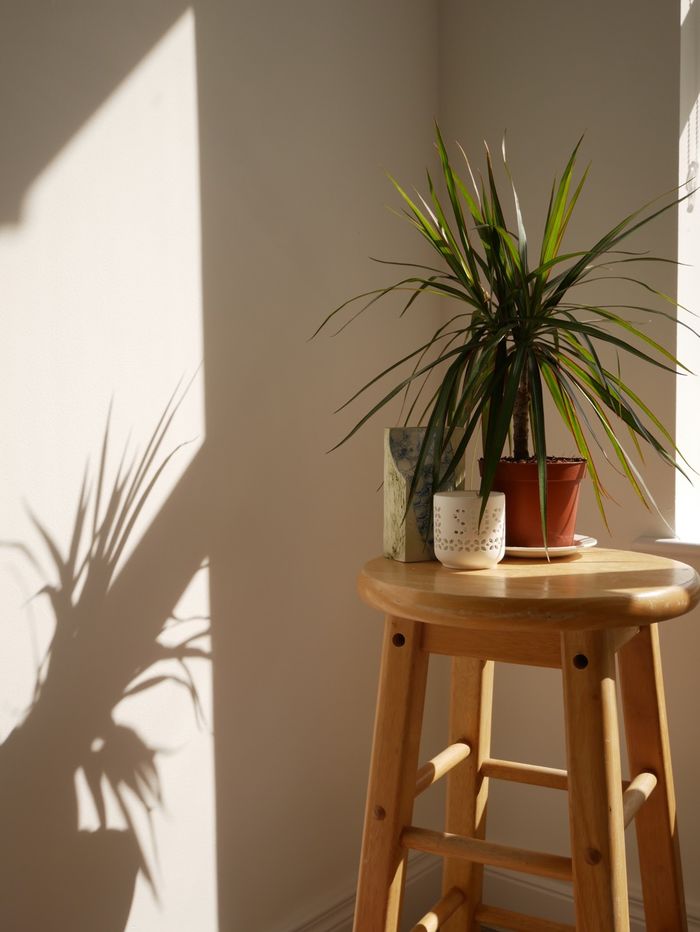Painting by viewing numbers: the rise of the art process video
“Gone is the romance of the tortured genius labouring away in a Garret”: Helen Grant writes on the meteoric rise of digital art
At the beginning of the 14th century, the Florentine painter Giotto received a visit from an envoy of Pope Benedict XI, who was looking for evidence of great craftsmanship. The story goes that Giotto chose to prove this not by supplying a small sample of his existing work, but by taking up a brush and, before the very eyes of the bewildered messenger, painting a perfect freehand circle. When the Pope was presented with the circle and told the origin of its creation, he immediately saw that this was evidence enough of Giotto’s genius, and awarded him a commission.
This pleasing anecdote has picked itself up off the pages of Vasari’s Lives of the Artists and roamed into modern collective memory. We remember Giotto’s painting not because of the end result but precisely because, like the Pope, we appreciate knowing the elegance in the making. After all, an O is an O whether it has been achieved by compass or virtuosic wrist-flick – but we’d like it to be the latter rather than think too hard about the many tedious years of wonky practice O’s.
Process videos thrive on a similar principle. If you like art, you’ve probably stumbled across one of these: often a time lapse, usually focused on the page, the artist’s hand darting quickly and confidently across the screen, the image blossoming beneath. You could be watching anything from pen doodles to calligraphy to fashion portraits. With the meteoric rise of digital art, your viewing experience may even be altogether spared the visual disruption of the hand clutching the pen: the art sketches itself.
Such videos have become vital components in the modern artist’s toolkit. In the absence of papal envoys to testify to one’s craftsmanship, painters and illustrators have to moonlight as their own marketing departments. Attracting a large social media following is an excellent way to get your work seen by agents and art directors – and it seems that sharing your process with your audience is a good way to attract that large following. The human eye is drawn to movement; Facebook and Instagram algorithms feed off clicks. The illustrator Carolyn Gavin (@carolynj on Instagram) might enjoy upwards of 23k views on a process video, but only half as many likes on the finished piece.
In process videos we see the monetisation of the act of creation. Some artists like Helen Dardik (@helen_dardik) devote the majority of their social media output to what feels almost like mindfulness viewing. When you buy one of Dardik’s cheerful watercolour paintings, you purchase a souvenir of a gestures rather than a static object. Annie Stegg Gerard (@anniestegg), meanwhile, intersperses a portfolio of finished pieces with more targeted tutorial content that offers to demystify the grand medium of oil painting. All this with some Chopin playing softly in the background and the option of paying for a fuller lesson through Patreon.
Perhaps the process video is a wink at the democratisation of artistry, a trick to lure the viewer into thinking that they too could produce one of these mesmerising portraits. It is a cut above, or a rebranding, of the Bob Ross television art tutorial, each painter’s signature style undergoing a vivisection of gestures, often, although not always, shown at high speed to emphasise seamless prowess.
For here lies the true lie of the process video, the sanitisation of the Behind the Scenes. It is typical that in our culture of self-optimization we should find ourselves drawn to a digital alternative reality, where every moment of anxiety or confusion is smoothed out, fine-tuned for our inspection. Gone is the romance of the tortured genius labouring away in a garret. One would think that modern artists never stop and put down their brushes; they do not rub out wonky pencil lines and leave behind the shadow of the mistake. If they were not confident in how the finished project would turn out, they would not film it. The works most suited to the process video treatment are therefore those that don the costume of traditional media and follow a strict choreography, a painterly ballet that can be depended upon to produce similar results each time.
We should remember that social media has the same effect on our art as it does on our personal lives: it encourages curation, personal branding, endless confidence. This is not necessarily a bad thing – maybe there is no harm done in hiding frustrating hours spent trying to draw a realistic hand, just as there is no harm done in declining to post about an evening you spent trying to bleed all your radiators. We should, however, avoid judging ourselves on any messiness in our processes. After all, a circle’s a circle, and compasses were invented for a reason.
 News / Uni offers students £55k in payouts31 October 2025
News / Uni offers students £55k in payouts31 October 2025 News / Uni error forces deeper spending cuts31 October 2025
News / Uni error forces deeper spending cuts31 October 2025 News / College rowing captains narrowly vote to exclude trans women31 October 2025
News / College rowing captains narrowly vote to exclude trans women31 October 2025 News / Students allowed to use AI, says new uni guidance31 October 2025
News / Students allowed to use AI, says new uni guidance31 October 2025 News / Students launch women’s society excluding trans women31 October 2025
News / Students launch women’s society excluding trans women31 October 2025










